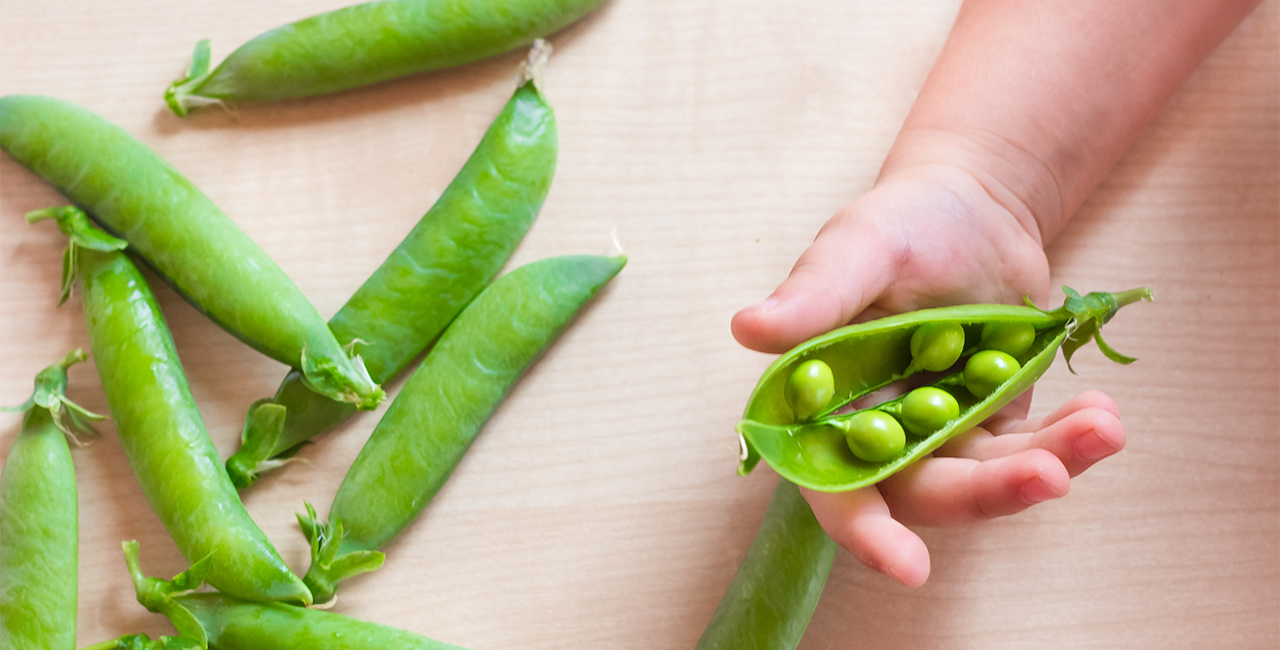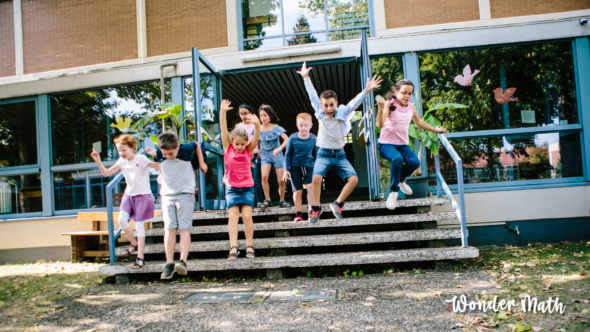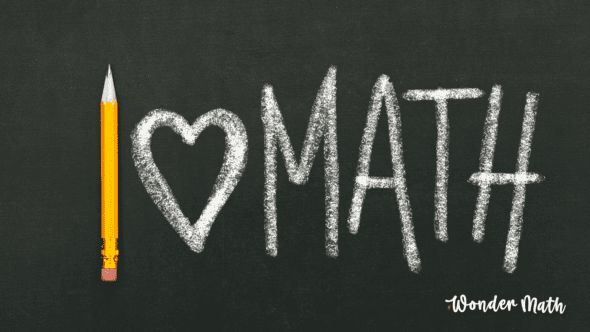Are you looking for innovative ways to make math more engaging for your students or children? Why not take the classroom outdoors and into the garden? Math is all around us, and the garden provides a rich environment for fun, practical, hands-on learning experiences. Gardening gets kids outdoors and offers a great opportunity to teach measurements, addition, and other mathematical principles.
“According to national research, garden-based learning delivers,” writes Maaike Baker in Civil Eats. “REAL School Gardens, a nonprofit organization that trains teachers and creates garden learning environments for schools across the country, has seen a 12 to 15 percent increase in standardized test score pass rates in their schools. In addition, 94 percent of teachers reported an increase in student engagement in the garden and the classroom.” That is an immense leap in proficiency (and a great introduction to healthy eating, too!)
From counting seeds to measuring plant growth, here are eight creative math garden activities:
Seed counting and sorting
Start by having your students or children count and sort seeds before planting. This activity helps reinforce counting skills and introduces the concept of grouping and categorizing objects based on similarities and differences. You can also incorporate basic addition and subtraction by asking questions like, “If we plant five rows of carrots with ten seeds in each row, how many seeds do we need in total?”
Measuring plant spacing
Teach measurement concepts by having students measure the distance between plants as they plant them in the garden. They can use rulers or measuring tapes to determine the appropriate spacing for different types of plants. This activity reinforces the importance of precision and accuracy in measurement. It also teaches problem-solving and will help determine how many plants are needed!
Estimating and measuring the garden area
Encourage students to estimate the area of the garden bed and then measure it using non-standard units such as footsteps or hand spans. This activity introduces the concept of area and helps develop estimation skills. You can also extend this activity by calculating the perimeter of the garden bed.
Tracking plant growth
Set up a growth chart to track the height of plants over time. Have students measure and record the height of each plant at regular intervals using measuring tapes or rulers. This fun activity not only reinforces measurement skills but also introduces the concept of data collection and graphing. Incorporate questions like, How long are your bean sprouts? Who grew the biggest zucchini?
Harvesting and weighing produce
When it’s time to harvest fruits and vegetables from the garden, involve students in the process of weighing and recording the produce. They can use kitchen scales or balance scales to determine the weight of each item. This activity provides practical experience with measuring weight and reinforces the connection between math skills and real-world applications.
Calculating watering needs
Introduce the concept of volume by having students calculate the amount of water needed to irrigate the garden. They can measure the capacity of watering cans or hoses and calculate how much water is required based on the size of the garden bed and the water needs of different plants. This activity helps develop problem-solving skills and an understanding of mathematical relationships. Another fun idea: Leave a vase or jar outside to collect rainwater. Use your rain gauge to introduce everything from counting to basic fluid measurements.
Planning garden layouts
Have students design and plan garden layouts using graph paper. They can use scale drawings to represent different elements of the garden, such as plant beds, pathways, and structures. This activity integrates basic geometry concepts like shapes, angles, and symmetry, while also fostering creativity and spatial reasoning skills.
Another important consideration when laying out your garden is how much each plant likes the sun. Some plants thrive in full sunlight, whereas others will wilt and die in the summer heat. Have your little ones help you determine where the sun is coming from and plan which plants go where using height and angles.
Budgeting for garden supplies
Teach financial literacy skills by involving students in budgeting for garden supplies. Have them research the cost of seeds, soil, tools, and other materials needed for the garden, and then create a budget to manage expenses. This activity helps develop math skills related to addition, subtraction, multiplication, and division, as well as critical thinking skills related to decision-making and resource allocation.
Bonus Activities!
Graphing results
Many kids are visual learners. Using graphs to track weekly growth, harvest, and rainwater is fun and a great way to introduce basic math skills.
Hide-and-seek sticks
Not every garden learning opportunity comes straight from Mother Nature. You can use the garden as a setting for different games, such as hide-and-seek sticks. To play this game, write up numbers on popsicle sticks and push them into the soil, hiding the number underground. Each kid collects sticks and counts how many points they got.
Lunchtime
Have your little one use their newfound math skills to help put together a picnic lunch, which you can eat surrounded by your flowers and veggies in the garden itself!
By incorporating math into garden activities, you can make learning more meaningful and engaging for children while also fostering a deeper appreciation for the natural world. So, roll up your sleeves, grab your gardening tools, and get ready to explore the fascinating intersection of math and gardening!




